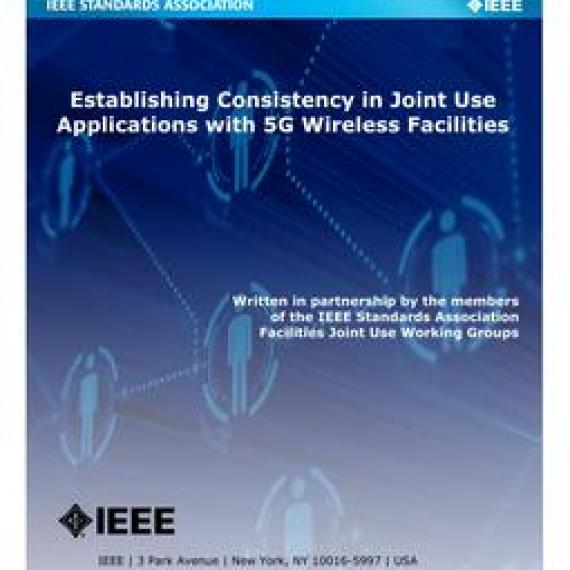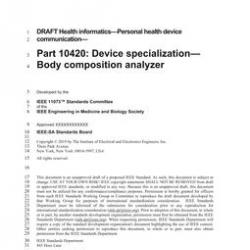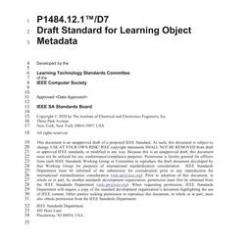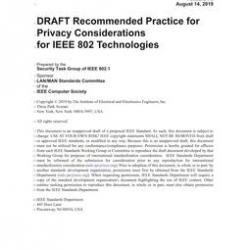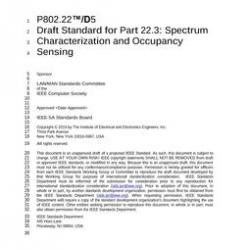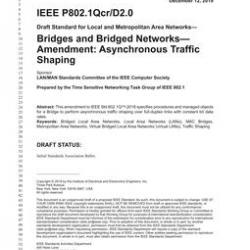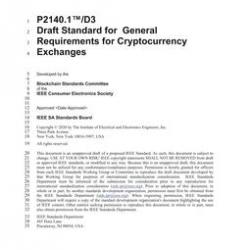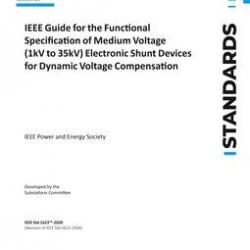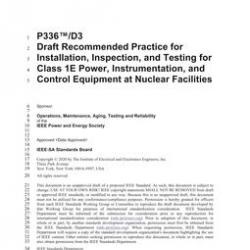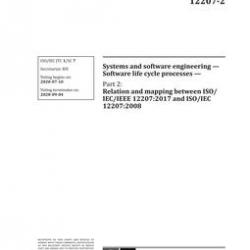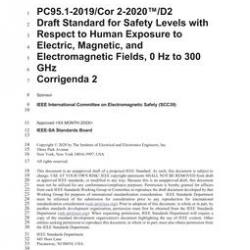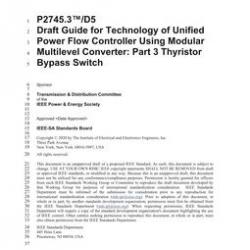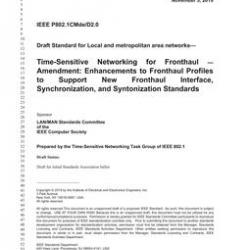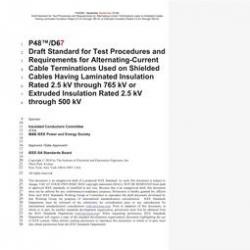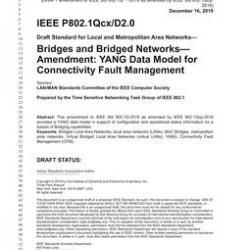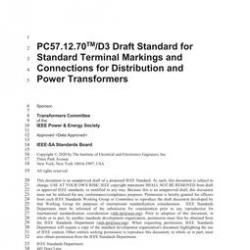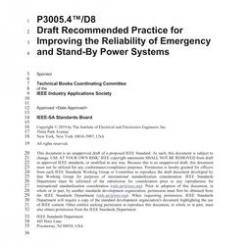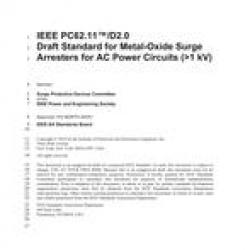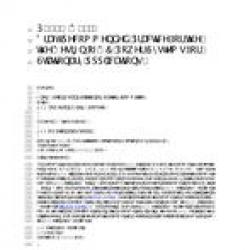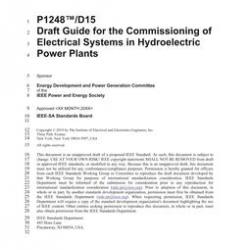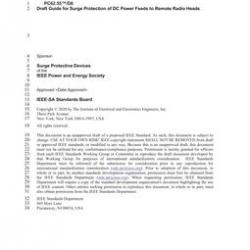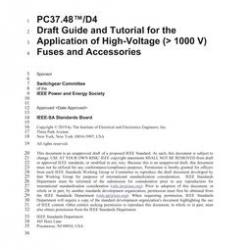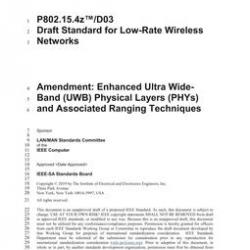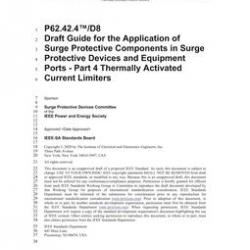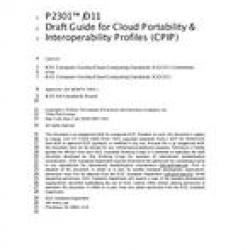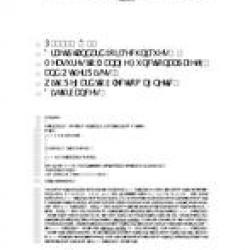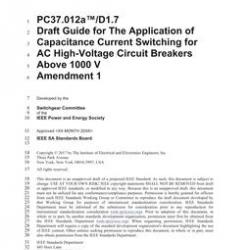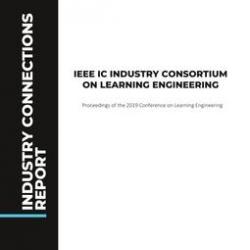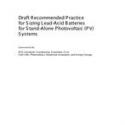Full Description
Scope
This white paper identifies areas of opportunity, growth, efficiency, and change in the following areas:-Identify what constitutes a proper structural candidate for small cell antenna attachments-Develop a roadmap for an application that contains the key milestones and the necessary information to be considered and addressed during the application process by the stakeholders-Aid pole and structure owners in establishing joint use guidelines regarding attachment requests-Establish requirements of a complete facility/site survey and applicable acceptance/rejection response to applicants-Identify and establish solutions associated with antenna service metering and maintenance-Achieve compliance with FCC, PUC/PSC, and industry best practices-Make recommendations for realignment of NESC(R), NEC(R), and other applicable codes and standard requirements to address conflicts-Make recommendations for national telecommunication worker certification-Align national, state, and local regulatory concerns and expectationsAttaching wireless facilities to existing joint use poles is the primary focus of this white paper. However, the issues addressed within and the technical concerns reviewed will usually apply to proposed wireless attachments to streetlights, traffic lights, other street furniture, towers, buildings, and other vertical structures where space is available.
Purpose
From the first staccato taps of the telegraph to the first transatlantic telephone call, from the first electrified street to a nationwide power grid, from the first room-size computing machine to a computer that fits in the palm of your hand, technological change has defined many periods in our history. Our generation is poised to join those ranks with the race to provide seamless nationwide high-speed wireless telecommunications. Known best by its common name, 5G will provide the platform for the simple integration of complex systems into our daily lives. As with any major change, it will not be without the requisite pain and challenges that accompany such endeavors. Long-held industry norms, stereotypes, and work practices from both the electric and telecommunications utilities will need to be examined to help ensure that this monumental goal can be achieved for the customers that we serve in common. The implementation of 5G networks envisions a large increase in requests for attachment to utility poles and structures needed to support the infrastructure that will provide this functionality.Currently, there is not a consistent process in place for application, review, and approval of these attachment requests. In addition, a common set of structural loading and equipment clearance criteria are needed, in combination with safety principles, to manage radio frequency (RF) exposure levels. To that end, in partnership with the IEEE, a growing cadre of dedicated industry professionals has been called to serve as members of a Facilities Joint Use program with a mission of establishing basic requirements that utilities and other companies follow to ensure the safe and reliable expansion of the 5G network on the grid.
Abstract
- Active.

